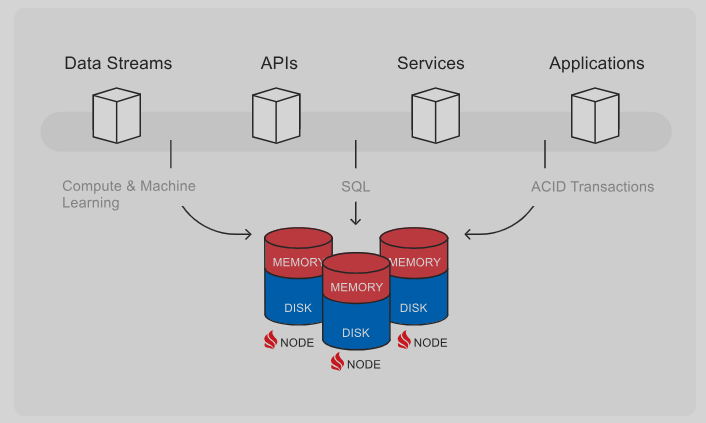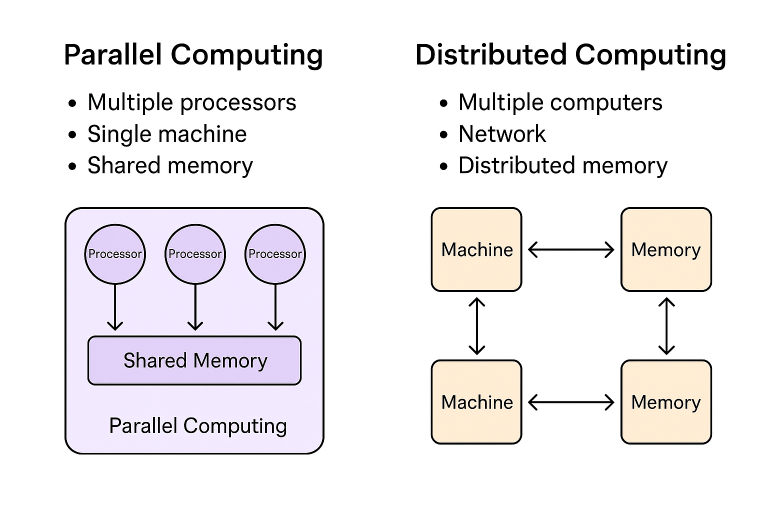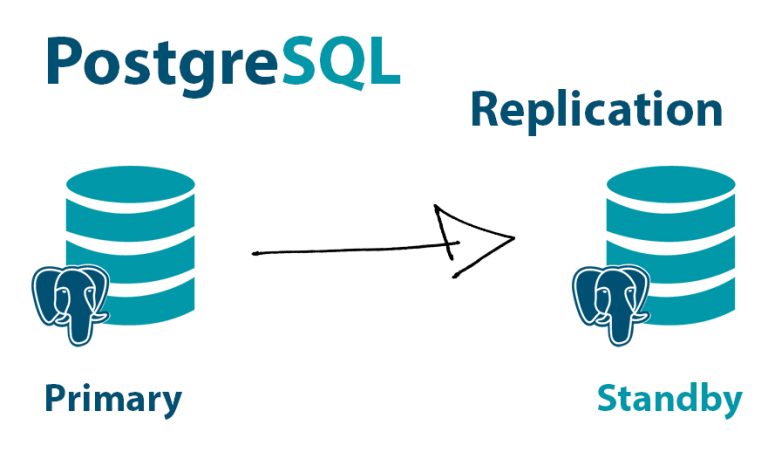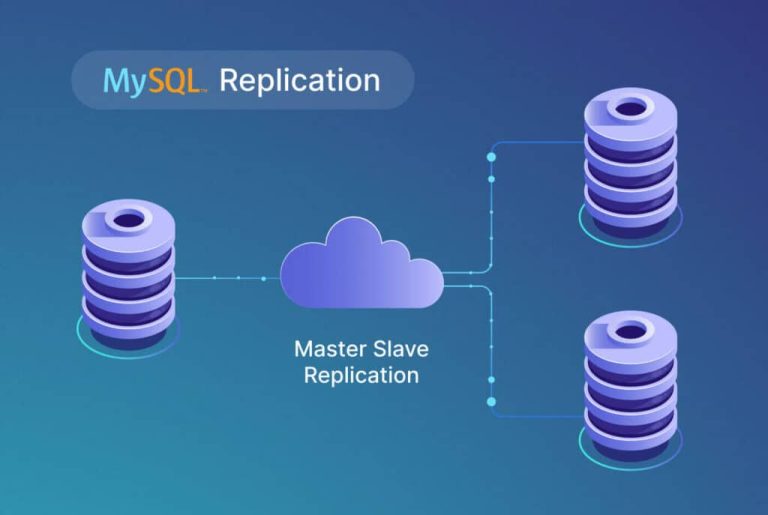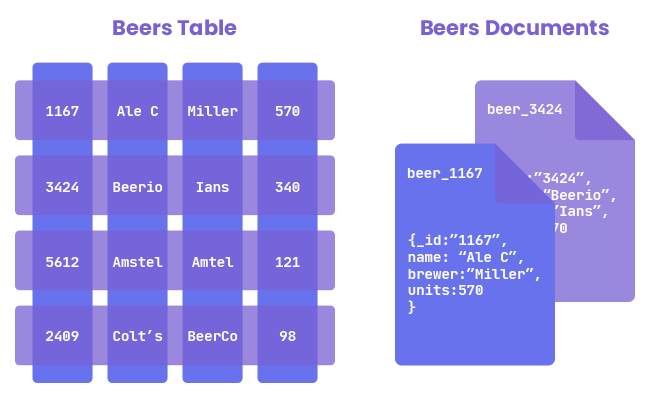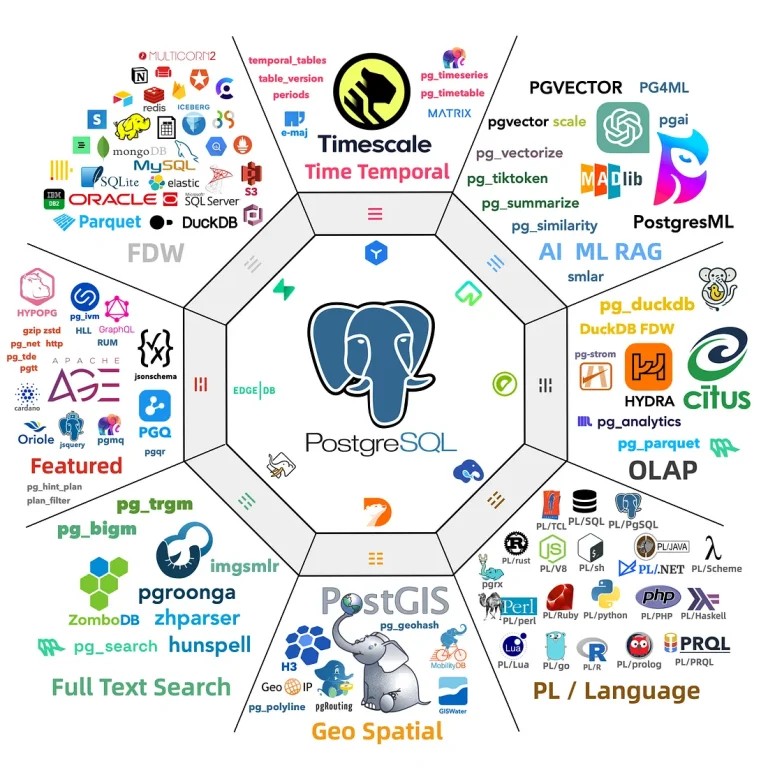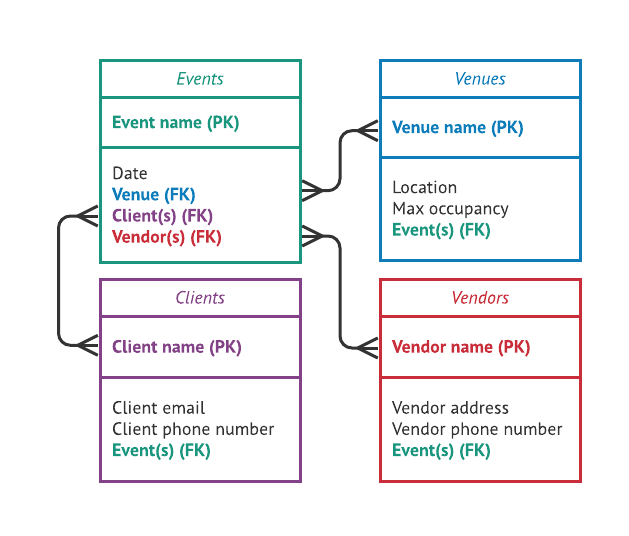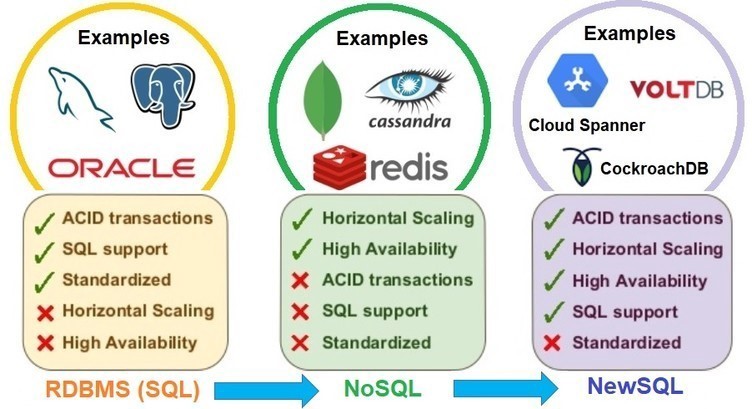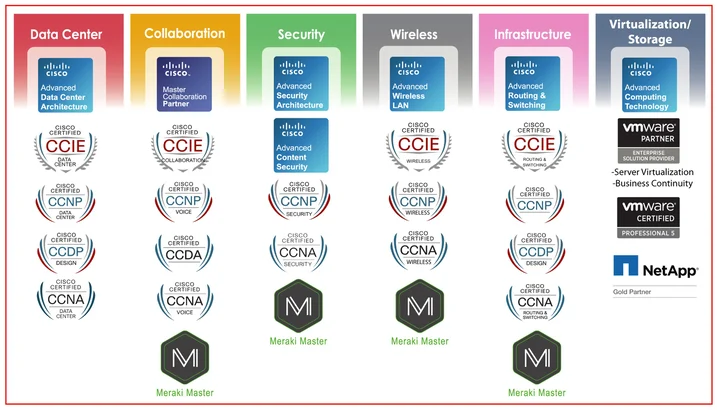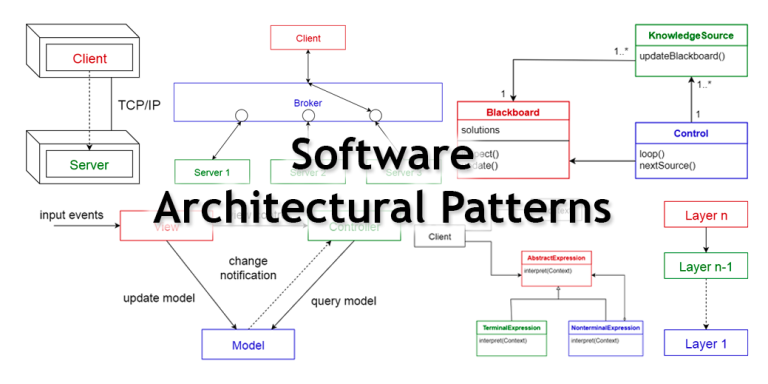A memory-based database, also called an in-memory database (IMDB), is a database management system that stores data entirely in the main memory (RAM) instead of traditional disk storage. This design allows much faster data retrieval and transaction processing, making it ideal for high-performance and real-time applications such as caching, analytics, telecommunications, finance, and IoT.Key Features of Memory-Based Databases
- High Speed: Accessing RAM is significantly faster than disk I/O.
- Volatility: Data may be lost if the system crashes unless it’s backed up to disk.
- Persistence Options: Some IMDBs offer optional durability through disk snapshots or transaction logs.
- Use Cases: Real-time analytics, caching layers, gaming, financial trading, session management.
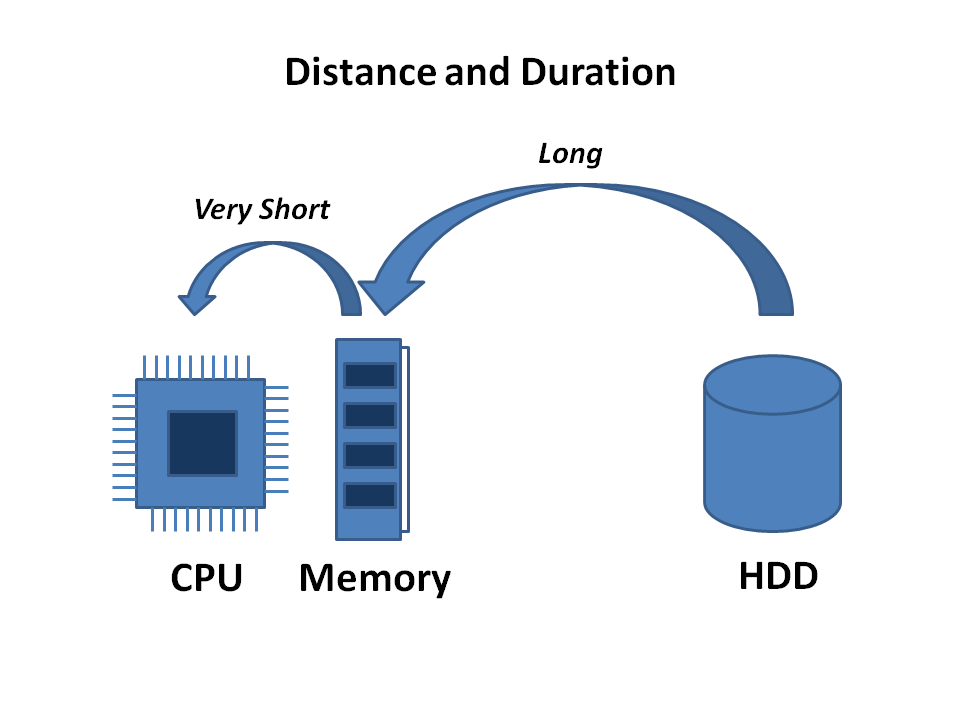
Examples of Memory-Based Databases
✅ Open Source Memory-Based Databases
| Database | Description |
|---|---|
| Redis | Key-value store with persistence options; supports strings, hashes, lists, sets, etc. |
| Memcached | Simple key-value store, often used for caching; no persistence. |
| Apache Ignite | Distributed database and caching platform with both memory and disk storage. |
| Tarantool | In-memory database and Lua application server; supports SQL and NoSQL. |
| VoltDB | High-speed, in-memory relational database; supports SQL. |
| H2 | Lightweight Java-based relational DB; can be run in memory mode. |
✅ Commercial Memory-Based Databases
| Database | Company | Description |
|---|---|---|
| SAP HANA | SAP | Enterprise-grade in-memory RDBMS optimized for analytics and transactions. |
| Oracle TimesTen | Oracle | Real-time in-memory relational DB for low-latency applications. |
| Microsoft SQL Server In-Memory OLTP | Microsoft | In-memory feature for accelerating performance of SQL Server. |
| IBM Db2 with BLU Acceleration | IBM | In-memory processing for analytical workloads. |
| Altibase | Altibase | Hybrid DB with both in-memory and disk-based storage. |
Count (As of 2024)
Note: Many traditional DBMS now include in-memory processing features as part of hybrid architectures (e.g., PostgreSQL + extensions, Oracle In-Memory, SQL Server In-Memory OLTP), so the boundary is sometimes blurred.

